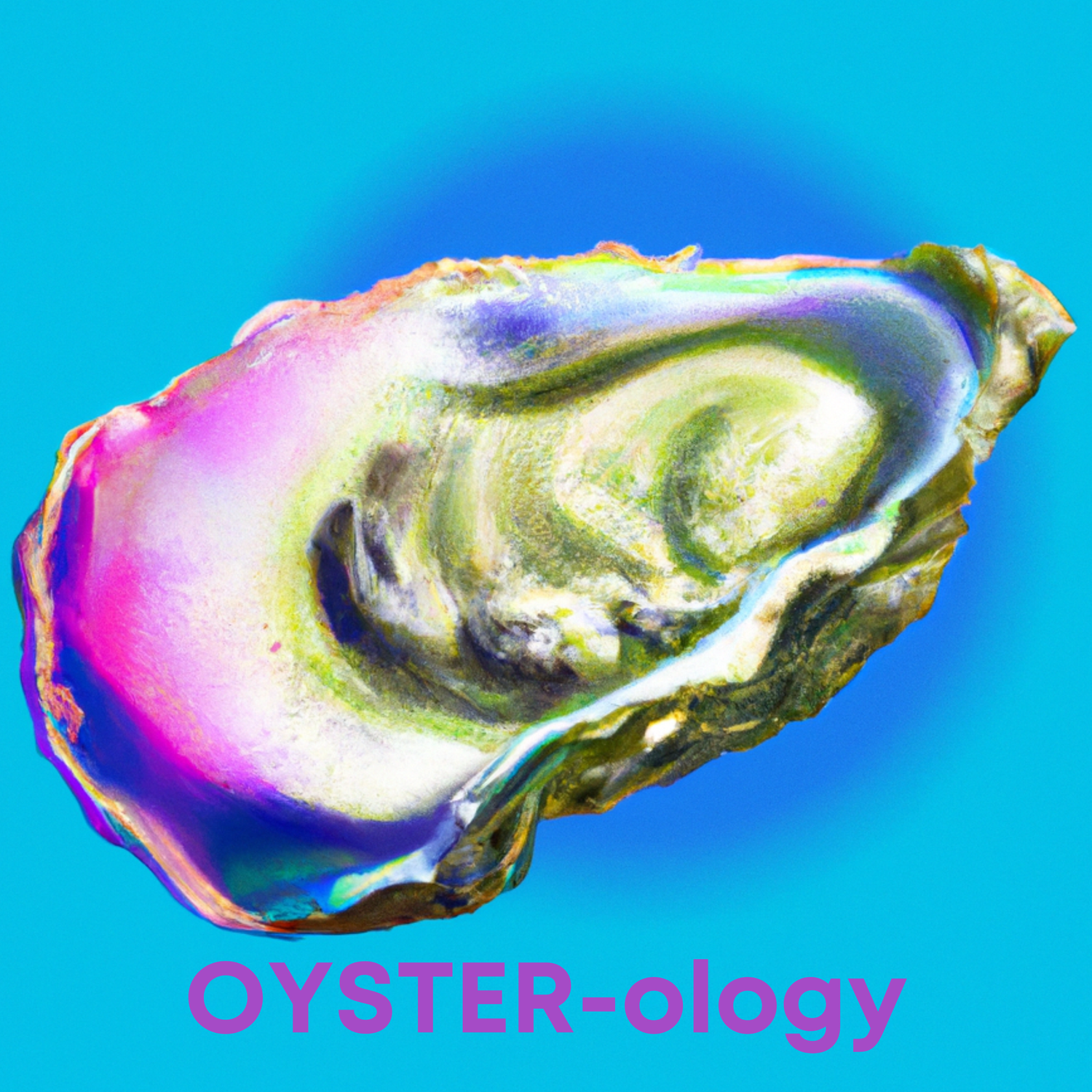Meet The La Vega Family
/The first time you meet the La Vega family of markets they’ll spin you on your heels. But once your mind adjusts to the raw juxtaposition and distinct personalities of these three siblings, you’ll smile, shake your head and murmur the only two words that make sense at that moment: “La Vega.”
Santiago, Chile
There is a simple fact of life that makes traveling to distant lands a guaranteed pleasure despite how arduous the journey or unfamiliar the place: everyone has to eat. Which leads to that always-special travel experience no matter the locale, climate or body politic: markets.
In Santiago there are markets, or ferias, in nearly every neighborhood. Some are open daily; others only on selected days each week. But of all markets in this city of 7 million one market stands in the center – like a pulsing heart through which the lifeblood of all other markets pass – La Vega. Carrying nearly every kind of food produced in Chile, from the Pacific Ocean to the Andes; the Atacama to Patagonia; La Vega has it all. From fruit, veg, dairy, meat and fish – if La Vega doesn’t have it, you probably don’t need it.
La Vega is thought of by most Satiaguinos as an area, or barrio, more than just the massive market that it is. That’s because there are actually three separate, adjacent markets here, forming a trifecta of local shopping that is referred to collectively as “La Vega.” But like any three-child family living in close quarters, La Vega is replete with classic sibling roles, distinct temperments and familial dysfunction.
La Vega Central
First there is the oldest child – La Vega Central – the namesake of the whole area whose reputation precedes him. He’s the rash, tattooed rocker whom everyone else either admires or fears. Within his enormous indoor boundaries he’s chaotic and loud, crowded and narrow, with push carts, motorcycles, and even small trucks inching their way between throngs of locals hefting bags bulging with food. From baby strollers to bicycles, rusty grocery carts to canvas pull-along trollys, all compete in the melee for passage through cramped aisles stacked high with the finest produce in the country. In every direction vendors are yelling and selling, workers whistle and hiss to get others out of the way, shoppers bark requests across glassed counters or piles of produce. All are crowded into this same vast, open-air roofed structure that covers three city blocks.
And that’s just what’s inside of big brother Vega Central. Just beyond his steel exoskeleton the chaos spills out along pocked cobblestone and concrete streets, stretching in all directions with a barrage of items on makeshift tables, in boxes or just laid out on blankets on the ground. Here you’ll find “household goods” ranging from used electronics, luggage, cookware, clothes, toys, tools and everything else that you’ve once probably tried to jettison from your own cluttered life. It’s all there, like the final outlet for every Goodwill and thrift shop in Chile. You gaze at the sea of humanity: the very rich sidestepping the crowd, perhaps working their way toward a favorite avocado seller; the every-man loading up for the coming week of subsistence dining; and the very poor, sleeping on cardboard amidst the omnipresent feral dogs and cats by a nearby sidewall.
La Vega Chica
Just across a wide street-turned-parking-lot is a second, smaller market, appropriately called La Vega Chica (“Little La Vega”). If La Vega Central is the longhaired wild child of the family, La Vega Chica is the middle, little brother wannabe who chases behind his ever-raging elder, but never quite catches up.
With similar nondescript styling as his hero next door, La Vega Chica offers a slightly more controlled market setting, with produce, meats and veg stacked high and tight along with a proud collection of tiny, scattered eateries with mismatched tables and chairs, and dishware heavy with classic Chilean and Peruvian dishes. Here the local cooked food is fresh, cheap and delicious – thought by most to be better than the hawked hot food of big brother.
That’s because sometimes it’s the #2 child who tries a little harder – and this kid is no exception, with plenty of shopping surprises up his sleeve and excellent eats to indulge in if you take the time to get to know him. But sadly, so many never meet him, already exhausted and overwhelmed by the sibling colossus to the north. But in any other town 2nd son La Vega Chica would be a main market destination in his own right, free from the total eclipse of his rockstar big bro next door. And those who make the effort to meet him are always glad they did.
Tirso De Molina
But don’t stop there. Continue through the middle child’s narrow aisles to meet the third sibling of Santiago’s main market family: Tirso De Molina. She is the youngest child, who watched and learned from her brothers’ rapscallion behavior and turned in a different, saner direction. With her post-modern multi-pyramidal roof and light-letting design, this girl-turned-lady is an artist and clearly the only family member to attend finishing school.
Inside her elegant structure are tidy, wide-open spaces lined with select vendors best known for their cheese and fruit. Upstairs are clean, rustic eateries overlooking the center courtyard below. Stalls along her spacious walkways are papered with colorful graffiti describing aromatic elixirs of fruit, vegetable, milk, ice – whatever can be pushed through a juicer or ground in a blender. The concoctions are endless, the vendors creative and the results delectable. So try something new, and take your mystery juice to one of the nearby wrought iron benches thoughtfully placed around the open center and watch the world gently slip by as you catch your breath and calm your nerves after a morning of market madness with the La Vega family.












